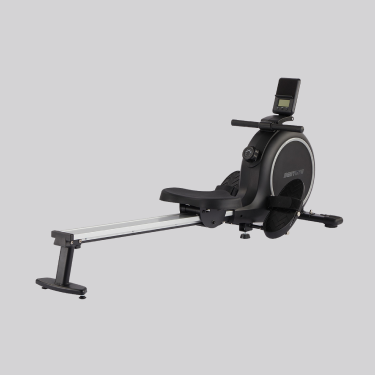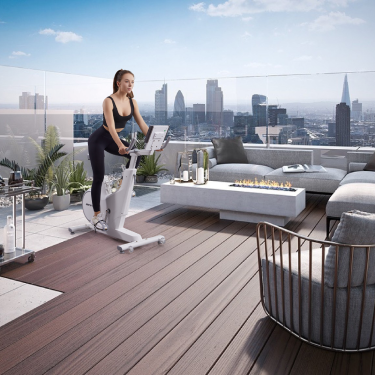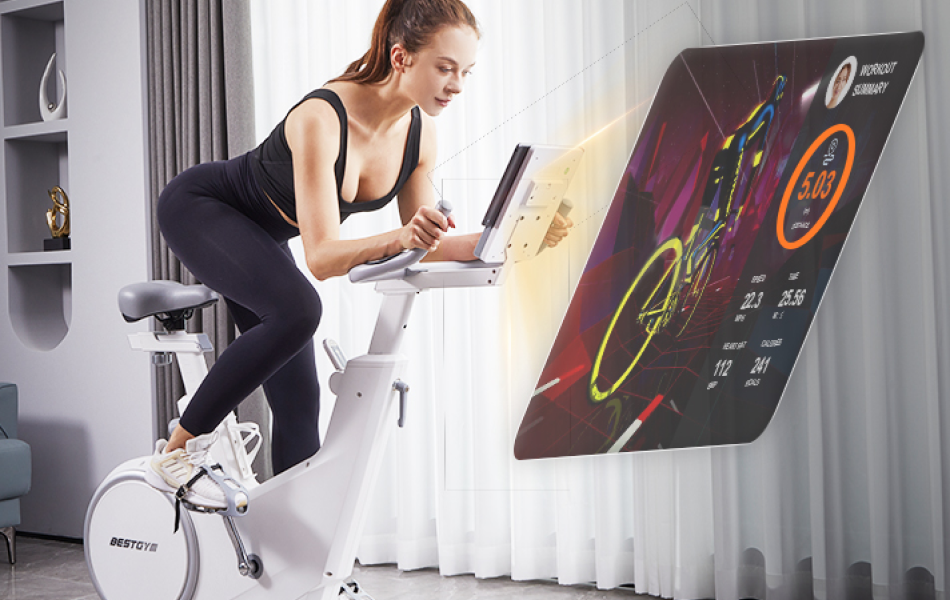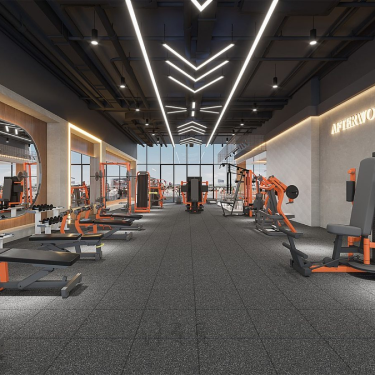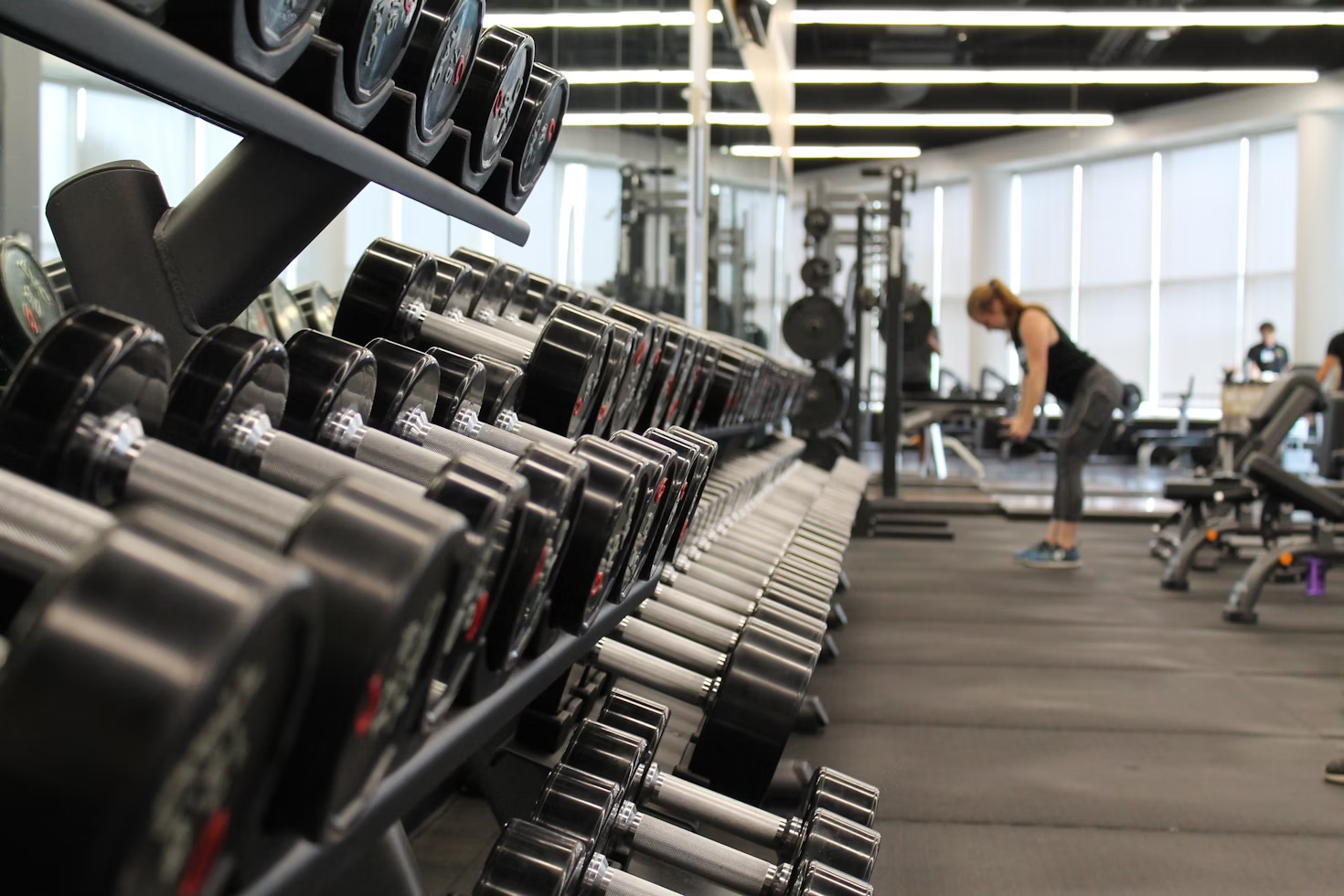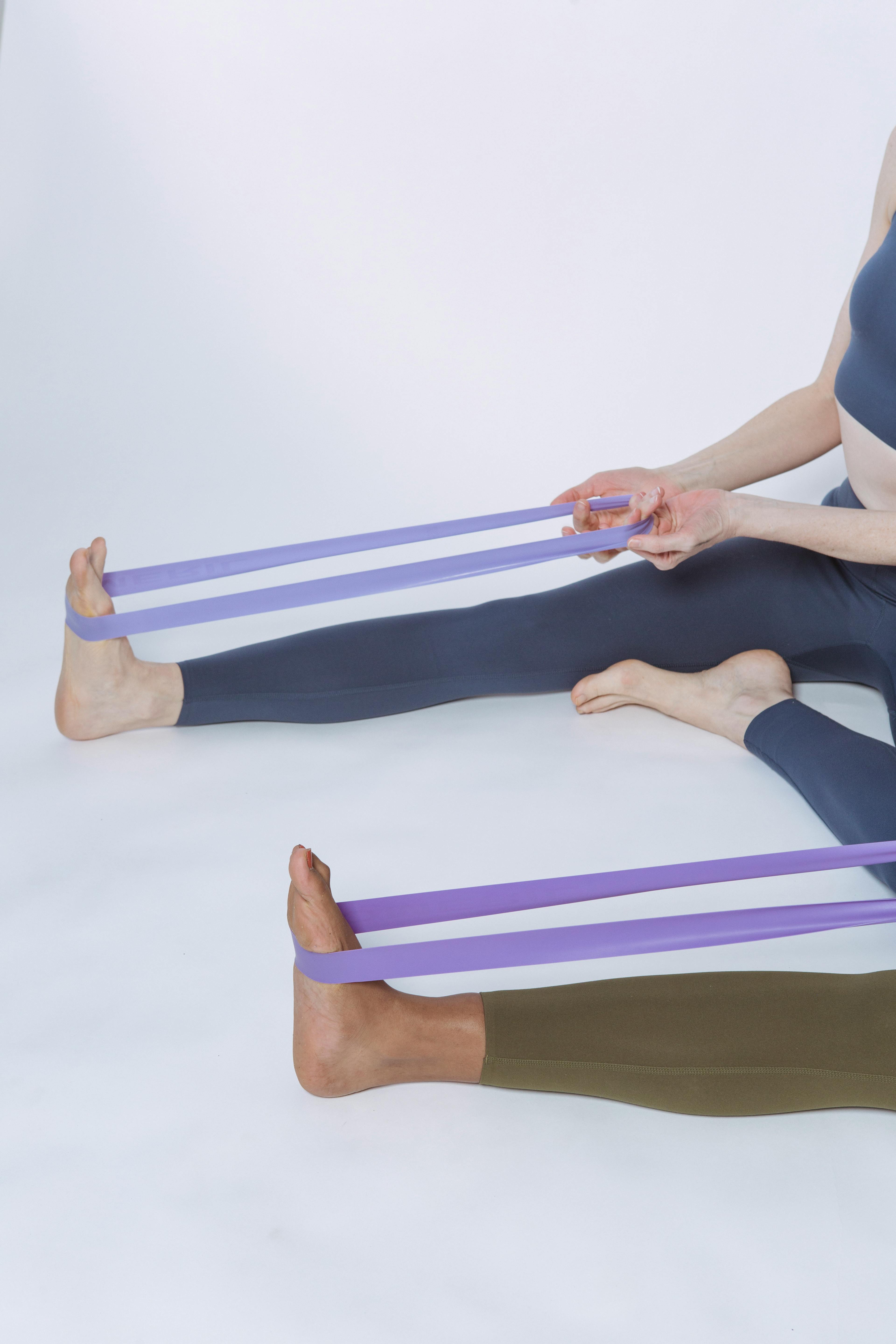Rowing Exercise Machine: Which Muscles Are Worked?
Rowing exercise machines, also known as ergometers or rowing ergos, have gained popularity in fitness regimes due to their comprehensive workout benefits. Understanding what muscle groups the rowing machine works is crucial for anyone looking to incorporate this exercise into their routine. Let's explore the specific muscles targeted, the overall advantages and the evolution of rowing exercise machines.
The Evolution of Rowing Exercise Machines
The rowing exercise machine has a rich history that reflects its evolution from simple training tools to sophisticated fitness equipment. Initially conceived in the early 19th century, these machines were rudimentary devices aimed at helping rowers maintain their skills during off-seasons. Over time, technological advancements transformed rowing machines into highly efficient and user-friendly apparatuses, complete with digital monitors and adjustable resistance settings. Today, using a magnetic rowing machine exemplifies this evolution, offering smooth and silent resistance that can be easily adjusted to match the user's fitness level. This progression has had a profound impact on competitive rowing, enabling athletes to train effectively year-round and ultimately enhancing their performance in rowing events.
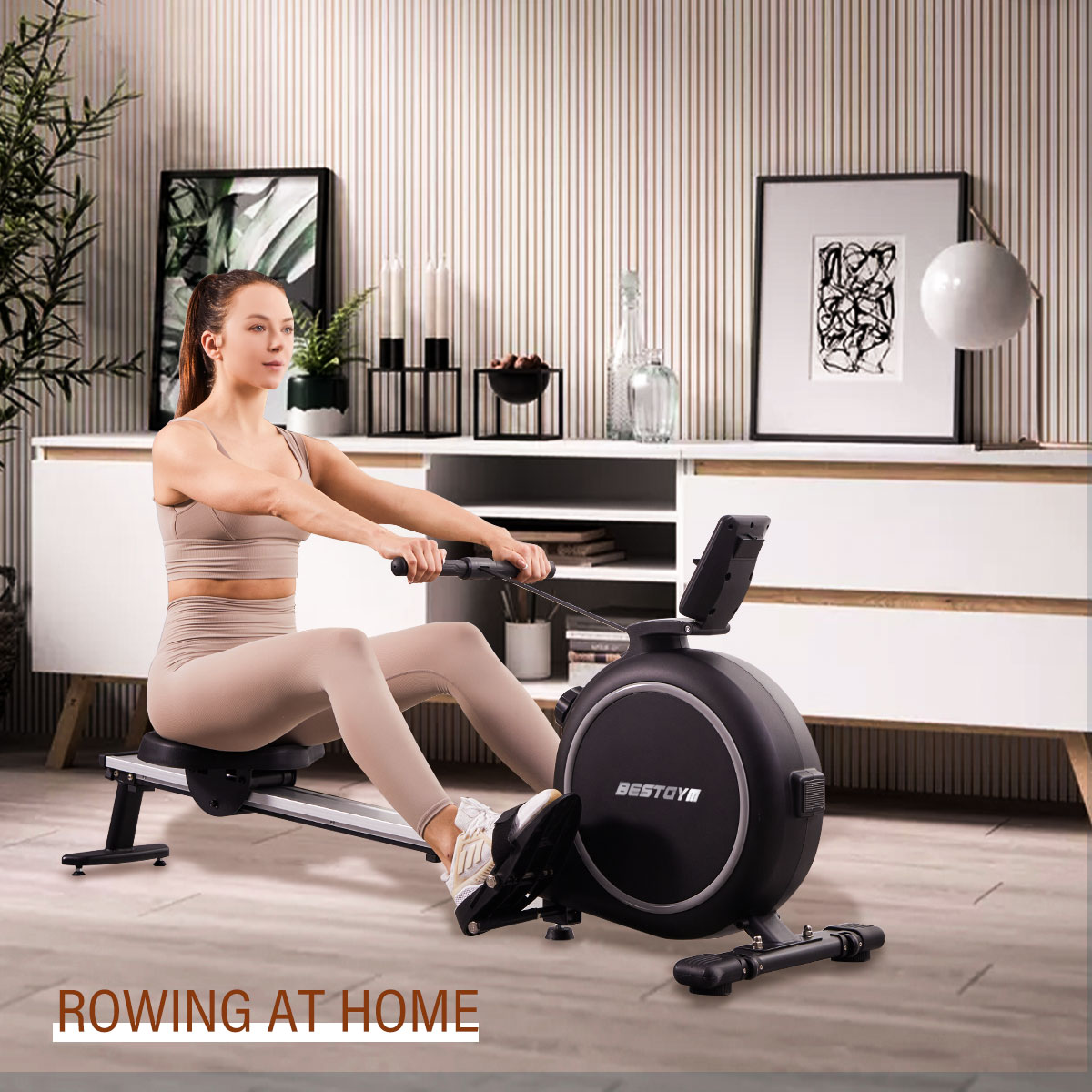
Origins and Early Development
The concept of simulated rowing for exercise dates back to the early 19th century when rudimentary rowing machines were created to train rowers during off-seasons. During this period, the primary goal was to provide rowers with a means to maintain their fitness and technique when they were unable to train on water due to inclement weather or other restrictions. The earliest rowing machines were quite basic, often consisting of a simple sliding seat and a mechanism that simulated the resistance of water.
These initial devices were predominantly constructed from wood and metal, reflecting the limited technology and materials available at the time. They lacked the precision and adjustability that modern users might expect. The resistance was often created using rudimentary methods, such as friction or basic weights, which provided a very different experience compared to rowing on water. Despite their simplicity, these early machines played a crucial role in the training regimes of rowers, allowing them to practice the rowing motion and maintain muscle memory even when off the water.
As time progressed, these machines began to see incremental improvements. The addition of more sophisticated resistance mechanisms, albeit still primitive by today’s standards, began to more accurately mimic the feel of rowing through water. However, these machines were still a far cry from the highly specialized equipment used by rowers today.
Technological Advancements
With the advancement of technology, rowing machines have evolved significantly, particularly from the mid-20th century onwards. The introduction of new materials and engineering techniques has transformed these machines from their humble beginnings into highly sophisticated pieces of fitness equipment.
Modern rowing machines are equipped with digital monitors that provide real-time feedback on various metrics such as stroke rate, distance rowed, time, and calories burned. These monitors often include advanced features such as heart rate monitoring and pre-set workout programs, which help users track their progress and tailor their workouts to specific fitness goals. In contrast to the basic functionality of a manual rowing machine, these advanced systems collect data that can be invaluable for both casual users looking to improve their fitness and competitive rowers aiming to enhance their performance.
Adjustable resistance settings are another significant advancement. Unlike the fixed resistance of early machines, today's rowing machines offer multiple resistance types, including air, magnetic, water, and hydraulic resistance. Each type provides a unique rowing experience, allowing users to customize their workout intensity. For example, water resistance machines use actual water to create resistance, offering a highly realistic rowing experience that closely mimics the feel of rowing on a lake or river.
Ergonomic design has also been a major focus. Modern rowing machines are designed to reduce the risk of injury and maximize comfort. Features such as contoured seats, adjustable footrests, and ergonomic handles help ensure that users maintain proper form throughout their workout, reducing strain on joints and muscles.
Impact on Competitive Rowing
The development of high-quality rowing machines has revolutionized training for competitive rowers. These machines provide a consistent and controlled environment for training, which is invaluable for athletes looking to refine their technique and build endurance. Unlike outdoor rowing, which can be affected by variables such as weather conditions and water currents, rowing machines offer a stable platform that allows rowers to focus solely on their performance.
One of the key benefits is the ability to train year-round. This is particularly important in regions with harsh winters or unpredictable weather, where outdoor rowing may not be feasible for several months each year. Rowing machines enable athletes to maintain and even improve their conditioning during these periods, ensuring they remain competitive.
Moreover, the precise control over workout variables provided by modern rowing machines allows for highly specific training programs. Coaches can design workouts that target particular aspects of rowing performance, such as power output, stroke rate, or cardiovascular endurance. The data collected from digital monitors can be analyzed to identify strengths and weaknesses, allowing for more focused and effective training interventions.
In addition to physical training, rowing machines play a crucial role in injury prevention and rehabilitation. They allow rowers to train with reduced impact on their joints, which is essential for recovering from injuries. By incorporating rowing machine workouts into their training regimen, athletes can maintain their fitness while minimizing the risk of re-injury.
Overall, the advent of advanced rowing machines has had a profound impact on competitive rowing, contributing to the remarkable performances seen in modern rowing competitions. The ability to train effectively and consistently, regardless of external conditions, has helped athletes push the boundaries of the sport.
What Muscle Groups Does the Rowing Machine Work?
Different rowing machines are renowned for their ability to engage multiple muscle groups simultaneously, offering a comprehensive workout. Here are the primary muscle groups that are activated during a rowing session:
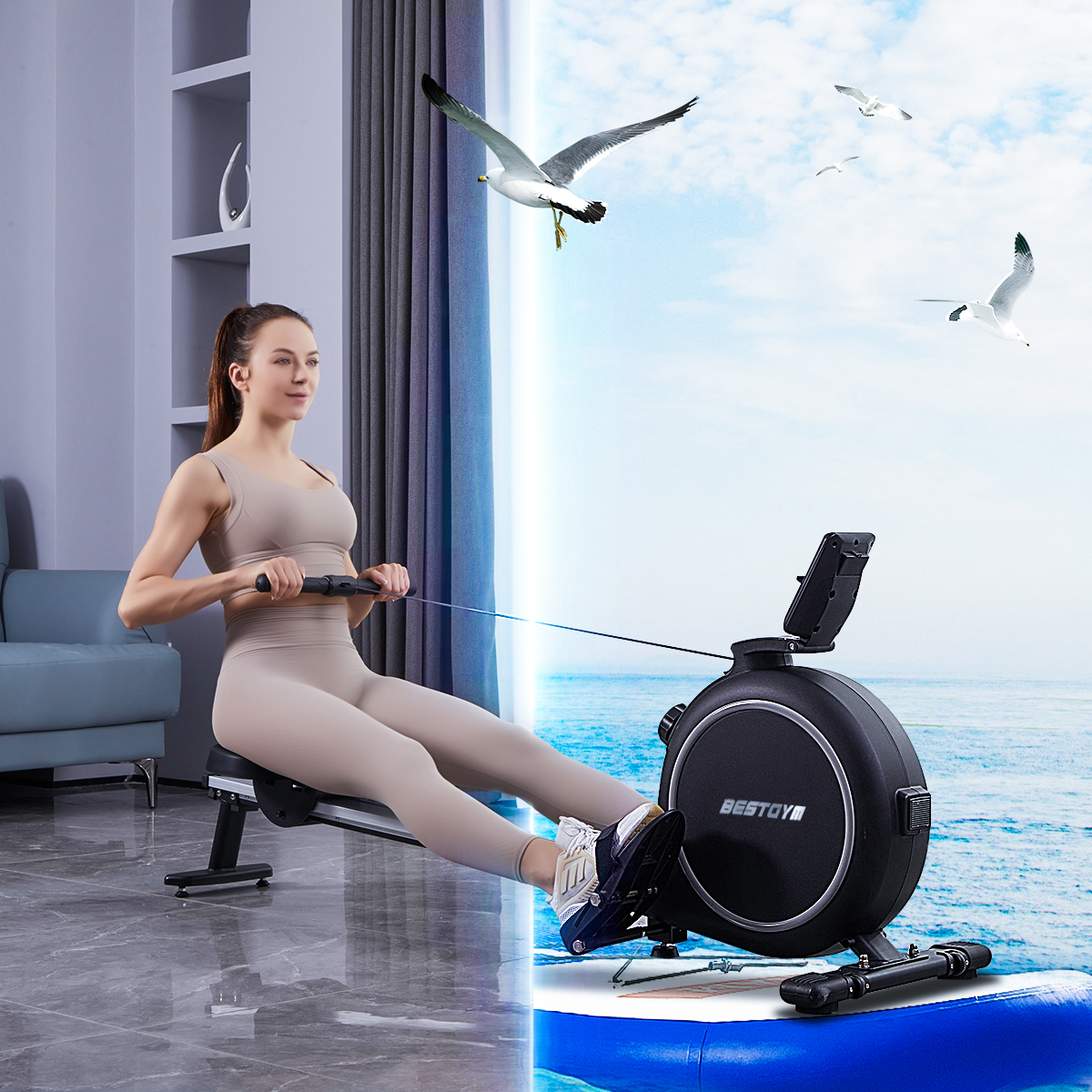
Upper Body Muscles
1. Back Muscles
The rowing machine is incredibly effective at targeting several key muscles in the back. These include the latissimus dorsi, rhomboids, and trapezius muscles. The latissimus dorsi, the large muscles running down the sides of the back, are primarily responsible for the rowing motion. They help to pull the arms back and down, contributing to a wide and strong back. The rhomboids, located between the shoulder blades, work to retract the scapulae, aiding in the rowing motion and promoting good posture. The trapezius, which extends across the upper back and neck, supports shoulder movement and stability. Strengthening these muscles through regular rowing workouts results in a well-defined, powerful back that supports overall upper body strength and reduces the risk of injury.
2. Shoulders
During the rowing stroke, the shoulder muscles, particularly the deltoids, are actively engaged. The deltoids, which cover the shoulder joints, play a crucial role in both the pulling and recovery phases of the rowing motion. As you pull the handle towards your torso, the anterior and lateral deltoids work to stabilize and move the shoulders. This engagement helps to build shoulder strength and stability, which is essential for performing various upper body movements with proper form and reduced risk of injury.
3. Arms
Rowing is an excellent exercise for developing arm strength and endurance. The biceps, located at the front of the upper arms, are heavily involved as you pull the handle towards your body, contracting to bend the elbow and bring the handle closer. Additionally, the forearms are engaged throughout the rowing motion, particularly when gripping the handle and controlling the movement. This comprehensive engagement of the arm muscles not only enhances strength but also improves endurance, allowing for better performance in other physical activities and daily tasks.
Core Muscles
1. Abdominals
The rowing motion requires substantial core engagement to maintain stability and proper form. The rectus abdominis, the muscle group commonly referred to as the "abs," is crucial for stabilizing the torso during the rowing stroke. Alongside the rectus abdominis, the obliques, which run along the sides of the abdomen, assist in maintaining balance and rotational stability. This continuous core activation ensures that the body remains stable and aligned, reducing the risk of lower back strain and enhancing overall rowing efficiency.
2. Lower Back
The lower back muscles, particularly the erector spinae, play a significant role in rowing. These muscles run along the spine and are responsible for maintaining an upright posture during the rowing stroke. As you drive back and forth on the rowing machine, the erector spinae help to support the spine and prevent excessive rounding of the back. Strengthening these muscles through rowing not only improves posture but also provides a solid foundation for lifting and other forms of physical activity.
Lower Body Muscles
1. Legs
The lower body, especially the legs, is heavily involved in the rowing stroke. The quadriceps, located at the front of the thighs, are engaged during the initial drive phase, when you push off the footplates to extend your legs. The hamstrings, situated at the back of the thighs, work alongside the quadriceps to facilitate this powerful movement. Additionally, the glutes, the muscles of the buttocks, are activated to extend the hips and drive the body backward. This combination of muscle engagement makes rowing an excellent option for strengthening the legs and improving overall lower body power and endurance.
2. Calves
The calf muscles, specifically the gastrocnemius and soleus, are also engaged during rowing. As you push off the footplates, these muscles work to extend the ankles and provide additional force to the drive phase. This engagement not only strengthens the calves but also contributes to the overall effectiveness of the rowing stroke, ensuring that the entire lower body is involved in the workout. This comprehensive lower body activation helps to build endurance and power, enhancing performance in rowing and other athletic activities.
Six Advantages of Rowing Machine Exercise
Incorporating a rowing exercise machine into your fitness routine offers several benefits beyond muscle engagement. Here are some of the key benefits of stationary rowing:
1. Full-Body Workout
One of the most significant advantages of rowing machine exercise is its ability to provide a full-body workout. Unlike many other cardio machines that primarily focus on the lower body, the rowing machine ensures that both the upper and lower body are equally engaged. This balanced workout helps in achieving overall muscular development and cardiovascular fitness.
2. Cardiovascular Benefits
Regular use of a rowing exercise machine enhances cardiovascular health. The rhythmic and continuous nature of rowing elevates the heart rate, improving heart and lung function. Over time, this can lead to better endurance, reduced risk of heart disease, and improved overall fitness levels.
3. Low-Impact Exercise
Rowing is a low-impact exercise, making it suitable for individuals of all fitness levels, including those with joint issues or injuries. The smooth, gliding motion of rowing reduces the risk of impact-related injuries, making it a safer alternative to high-impact exercises like running or jumping.
4. Calorie Burning and Weight Loss
Rowing is an efficient calorie-burning exercise. Depending on the intensity and duration of the workout, rowing can help burn a significant number of calories, aiding in weight loss and body fat reduction. Its ability to engage multiple muscle groups simultaneously contributes to a higher calorie expenditure compared to other forms of exercise.
5. Improved Posture and Flexibility
Regular rowing can help improve posture by strengthening the back and core muscles. It also enhances flexibility, particularly in the hips and shoulders.
6. Stress Relief and Mental Health
Engaging in regular rowing sessions can have positive effects on mental health. The repetitive, rhythmic motion of rowing can be meditative, helping to reduce stress and anxiety levels. Additionally, the release of endorphins during exercise can improve mood and promote a sense of well-being.
Read more: Top 20 Benefits of Rowing Machines for Seniors: Improve Health & Fitness
Summary
The evolution of rowing exercise machines from their rudimentary origins in the early 19th century to the sophisticated equipment used today highlights significant technological advancements and their impact on fitness and competitive rowing. Initially, rowing machines were simple devices designed to help rowers maintain their fitness during off-seasons, offering basic functionality with limited adjustability and primitive resistance mechanisms.
Over time, technological advancements have transformed these machines into highly efficient and user-friendly pieces of equipment. Modern rowing machines feature digital monitors that provide real-time feedback on various performance metrics, adjustable resistance settings that cater to different workout intensities, and ergonomic designs that enhance user comfort and reduce injury risk. These improvements have made rowing machines an integral part of both home and gym fitness routines, offering a comprehensive full-body workout that engages multiple muscle groups.
The impact on competitive rowing has been profound. High-quality rowing machines provide a consistent and controlled training environment, allowing rowers to maintain and enhance their skills year-round, regardless of weather conditions. This has been particularly beneficial for athletes, enabling them to execute specific training programs, track performance metrics, and focus on technique and endurance. Additionally, rowing machines play a crucial role in injury prevention and rehabilitation, allowing athletes to train with reduced impact on their joints.
Overall, the development of advanced rowing machines has revolutionized both fitness training and competitive rowing, contributing to improved performance and greater accessibility for individuals at all fitness levels. The continuous innovation in this field ensures that rowing machines remain a valuable tool for achieving diverse fitness goals and supporting athletic excellence.


